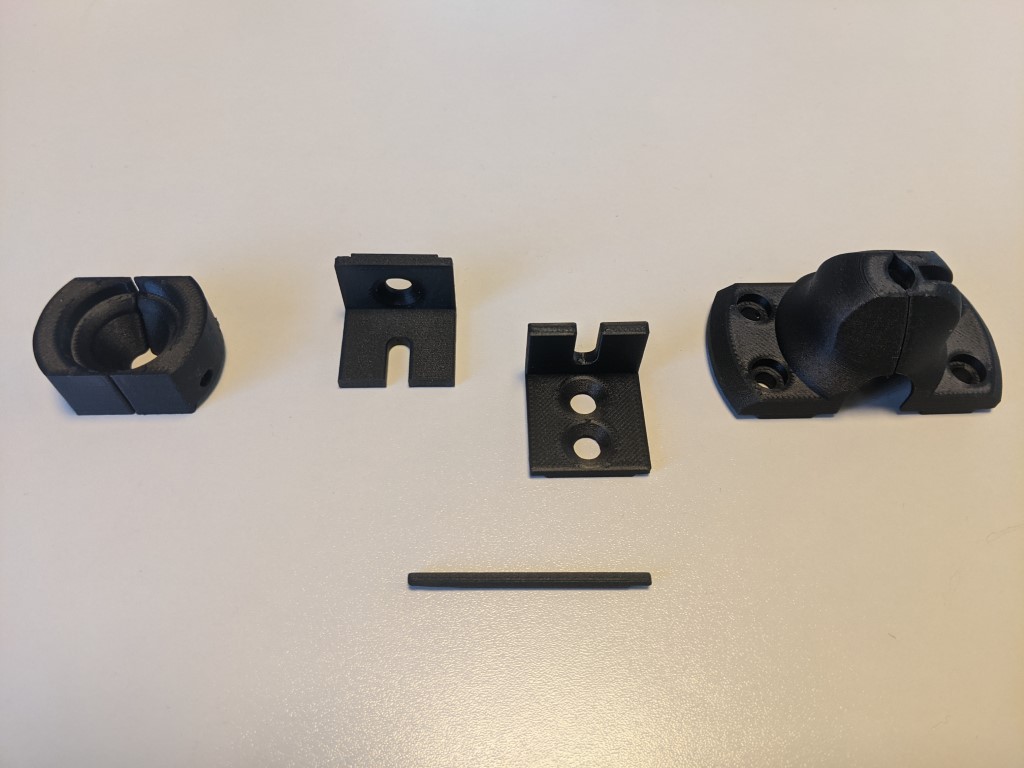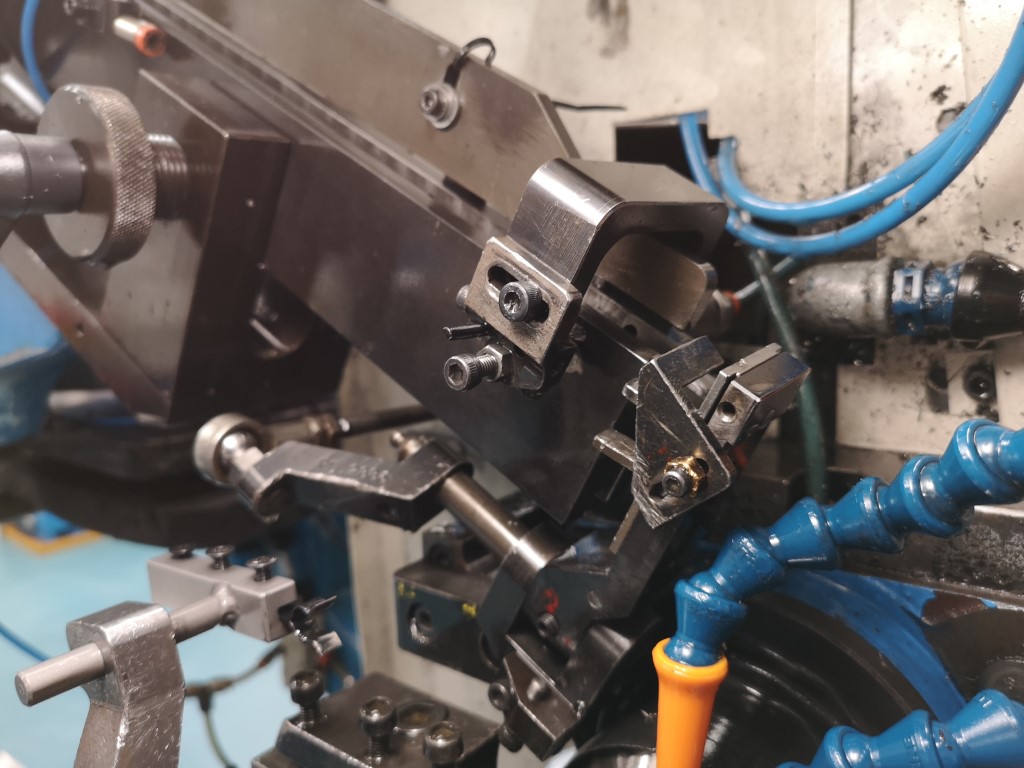Shaping the parts of the future

CREAT3D helps shape LISI Aerospace’s additive manufacturing (AM) capabilities through applications engineering and advice. And by introducing the Markforged 3D printing technology, the team are able to test and validate too.
LISI Aerospace’s manufacturing plant in Rugby specialises in the manufacture of fasteners for the aircraft industry, providing fasteners for key clients including Airbus and the civil aircraft market. Key criteria for the manufacturing team are performance excellence, safety and innovation.
The manufacturing unit produces numerous variants of fasteners every day, split into three core departments: feeder (raw materials), manufacturing, plating testing and despatch. Having started with Ultimaker FFF printers, the teams in manufacturing and plating have recently enhanced their AM capabilities with the addition of multiple Markforged composite 3D printers.
“When you can so easily see the improvements from applying additive, it just makes you want to drive forward and change everything,” states LISI’s production manager, Danny Bostridge. “There is so much more we can do, and applications we aren’t even aware of yet.”
The challenges
The plant produces various types of fasteners with between 95-98% of them produced in titanium. However, a small percentage of parts are made in steel. Producing a range of fasteners, LISI has a huge challenge, with a high number of variants within each product category.
To reduce the number of change-overs required, the production lines are set by the diameter of the fastener. However, there are a huge number of variants of products and in addition bespoke and fast-track batches are often ordered by clients at short notice, requiring agility and fast problem solving.
Due to the nature of the aerospace industry, the manufacturing unit operate to very tight tolerances and stringent testing, so any processes must meet these standards. Time is of the essence. Delivery to the customer on time is very important. As a Tier 1 supplier, LISI must be able to deliver on production schedules to ensure manufacturing at their clients’ sites is not impacted. Keeping the production lines running effectively is essential.

Having worked with LISI for over five years, CREAT3D has helped to shape LISI’s additive manufacturing capabilities through applications engineering, training and advice, tailoring its additive solution across multiple departments, resulting in immediate savings and cross-functional team benefits.
To meet the requirements of the three key issues of high volume of variants, safety and timely delivery, LISI has embedded Markforged 3D printers within the department to produce bespoke and replacement tooling and components for the production lines, as well as functional prototypes for design development and testing.
The result? The team using additive have enabled fast problem-solving and higher productivity with less damage, wastage and downtime. It now has the ability to identify and fix issues earlier on in the production process and improved preventative maintenance for reduced stoppages.
The LISI manufacturing team is a central point to all teams at the plant, with daily requests for tooling, components and functional prototypes. The process development department has an ongoing requirement for 3D printed tooling. From jigs and fixtures and stability jaws for use in machining operations, through to 3D printing accurate prototypes before they are manufactured in metal.
The manufacturing department is adapting and improving the performance of the production lines with 3D printed jaws, separators and jigs. This sharing of designs, feedback, collaboration and cross department communication has enabled fast problem solving and improved productivity across the whole business.
With the use of the non-marring Onyx material (Nylon with micro carbon fibres) and the ability to produce wear resistant and high-strength parts, the Markforged machines are key to the success behind the development of such a breadth of 3D printed tooling.
Such is the reliance and demand on 3D printed tooling and components, the team have set up supply points in each of the departments. These ‘vending machines’ control a stock of 3D printed components and tooling that technicians can freely access including bespoke jaws, separator fingers, jigs and end of arm effectors.

The supply system advises the manufacturing team when stock is low and re-prints are then printed on demand. This system enables not only an immediate and continuous supply of essential components to keep production running, but also the consolidation and control over approved designs and parts, ensuring stringent quality controls are met.
Saving on scrappage
An unexpected benefit of moving to 3D printed separators is huge cost savings from a reduction in scrappage. A change to 3D printing one separator resulted in scrappage costs dropping to £0. The number of 3D printed applications that the manufacturing team is discovering at LISI is constantly rising. The commonality across all applications is the immediate benefits in terms of cost and lead-time savings. Bringing this AM in-house has realised huge savings with LISI, already seeing return on investment on two printers in under six months.
Additive manufacturing is valued not only on the shopfloor - benefiting daily tasks and performance, but also at a strategic level by middle and senior management, due to the cost and time savings, with more agility and higher productivity.
LISI’s future with additive manufacturing highlights the company’s approach to being the very best through constant innovation. With further additive applications expanding through continuous improvement, and the awareness and benefits of using the technology growing within LISI, additive technologies will continue being used by the teams as the ‘go-to’ for solving engineering problems.
“We will never go back to operations without additive,” concludes LISI’s production engineer, Kamil Domski. “We are just going to use it more and more, identifying more parts and applications that can be 3D printed. Tooling is a key area which will just keep expanding. We like to ask ourselves: where can we use our 3D printers where we are not currently using them?”












